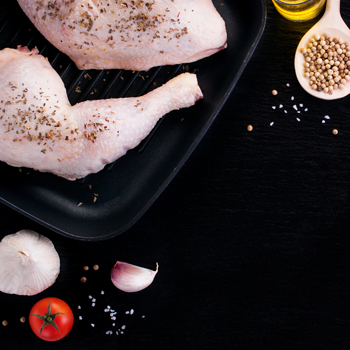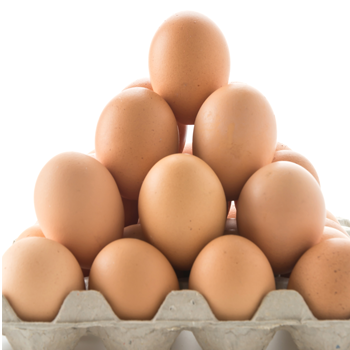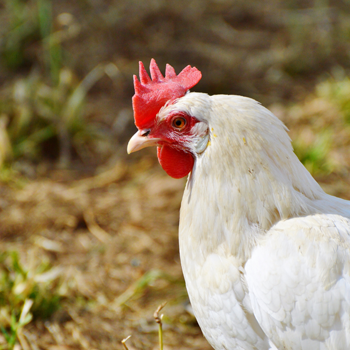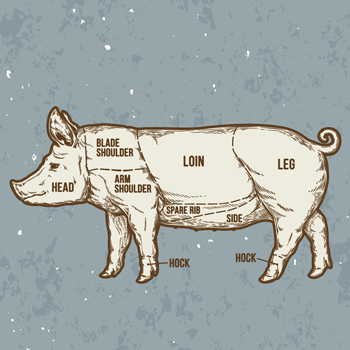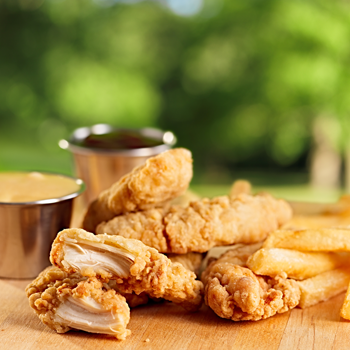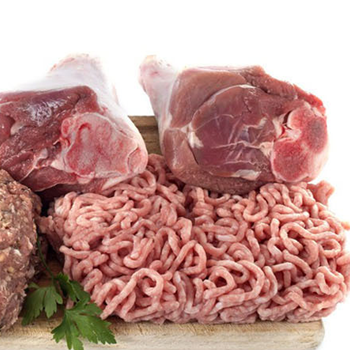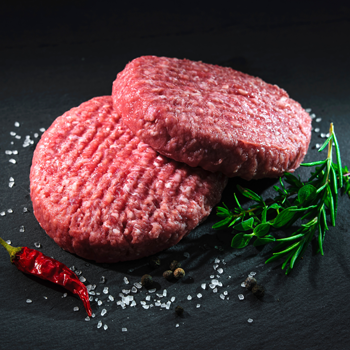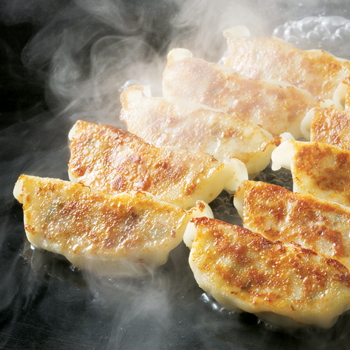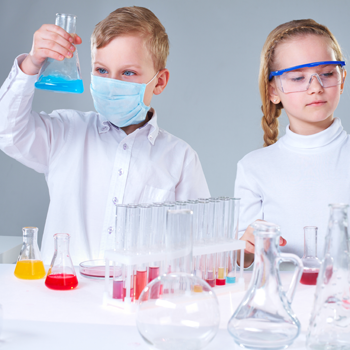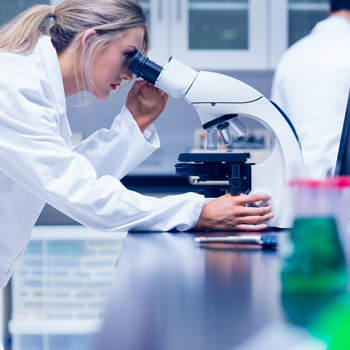การบริโภคไก่ในสหรัฐอเมริกา…สูงเป็นประวัติการณ์
ปริมาณการบริโภคไก่ปีนี้เพิ่มสูงเป็นประวัติการณ์โดย 9 ใน 10 คน ซื้อเนื้อไก่ไปบริโภคเป็นประจำ
กระทรวงเกษตรแห่งสหรัฐอเมริกา คาดว่าชาวอเมริกันจะบริโภคเนื้อไก่เกือบ 41.7 กิโลกรัมต่อคน ทำสถิติสูงขึ้นจากปีที่แล้ว 41.3 กิโลกรัม ถึงกระนั้น ผู้บริโภคก็มีข้อกังวลเกี่ยวกับความปลอดภัยอาหาร ยาปฏิชีวนะ และการใช้ฮอร์โมนหรือสเตียรอยด์
สภาไก่แห่งชาติจึงได้สำรวจพฤติกรรมผู้บริโภคจากผู้ใหญ่มากกว่า 1,000 ราย ระหว่างต้นเดือนมิถุนายน 2560 ที่ผ่านมา พบว่า ร้อยละ 84 ของผู้ตอบแบบสอบถามรับประทานเนื้อไก่เป็นอาหารหรืออาหารว่างจากซูเปอร์มาร์เก็ตเป็นประจำทุกสัปดาห์ ขณะที่ ร้อยละ 67 รับประทานเนื้อไก่เป็นอาหารหรืออาหารว่างจากร้านอาหาร ผู้บริโภคร้อยละ 21 รับประทานเนื้อไก่มากขึ้นจากการเข้าร้านอาหาร และร้อยละ 13 เชื่อว่า พวกเขาจะรับประทานอาหารเนื้อไก่มากขึ้นจากร้านบริการอาหารในอีก 12 เดือนข้างหน้า
ทอม ซูเปอร์ รองกรรมการผู้จัดการด้านการประชาสัมพันธ์ สภาไก่แห่งชาติ เชื่อว่าเนื้อไก่จะเป็นอาหารที่เป็นที่นิยมอย่างมากต่อไป ผลการสำรวจแสดงให้เห็นว่า เนื้อไก่ยังเป็นเมนูอาหารในใจอันดับหนึ่งของผู้บริโภค โดยผู้บริโภคชื่นชอบความสดของเนื้อสัตว์ รสชาติ และราคาเป็นสิ่งที่สำคัญต่อการตัดสินใจเลือกซื้อเนื้อไก่
คนรุ่นใหม่กลับไปนิยมเนื้อไก่ที่ยังไม่ผ่านการปรุงสุกและรับประทานในร้าน โดยผู้บริโภค 7 ใน 10 คน มีความใส่ใจต่อความปลอดภัยอาหาร ขณะที่ร้อยละ 57 ยังวิตกกังวลเกี่ยวกับฮอร์โมนและสเตียรอยด์ และร้อยละ 55 กังวลต่อการใช้ยาปฏิชีวนะในสัตว์ ขณะที่ผู้บริโภคร้อยละ 26 ให้ความสำคัญอย่างยิ่งต่อสวัสดิภาพสัตว์ โดยเฉพาะระยะเวลาที่ใช้ในการเลี้ยงสัตว์ที่มีการเจริญเติบโตรวดเร็วเกินไป
A record amount of chicken is set to be eaten by US consumers this year with nine in ten people regularly purchasing poultry.
The US Department of Agriculture is projecting that Americans will eat nearly 92lbs of chicken per person, topping last year’s record of 91lbs. But despite the record figures, consumers do have underlying concerns about food safety, antibiotics and use of hormones or steroids.
The National Chicken Council-commissioned survey looked at consumer behaviour among more than 1,000 adults during early June. It found that 84% of respondents said they had eaten a chicken meal or snack purchased from a supermarket in the fortnight leading up to the survey, while 67% had consumed a meal or snack from a restaurant. Although these figures are slightly down on last year’s results, the survey found that 21% of consumers anticipate eating more chicken from the supermarket and 13% think they will eat more from a food service establishment over the next 12 months. Younger, more ethnically diverse people living in larger households tended to eat more chicken.
Tom Super, National Chicken Council’s senior vice-president of communications, said he believed chicken was still extremely popular: “The data shows that chicken is still top of mind for consumers,” he added. Consumers rated freshness, taste and price as very important when purchasing chicken.
Millennials are twice as likely as their older counterparts to buy pre-cooked chicken and eat it in store, the survey found. When prompted, nearly seven in ten consumers said they were either very or extremely concerned about food safety, while 57% said they were worried about hormone/steroid use and 55% about antibiotic use. And there is evidence of growing welfare concern about the time it takes to raise a chicken – 26% said they were extremely or very concerned compared to 19% last year.
